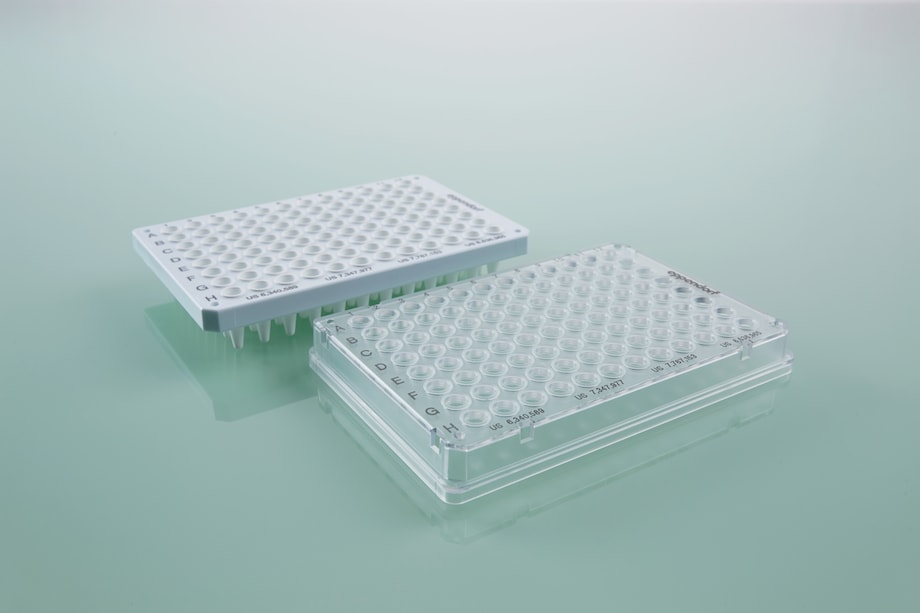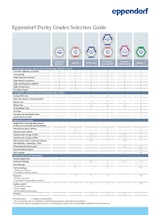MENU
ZA | ZAR
ZA | ZAR
-
- Benchtop Centrifuges
- Floor-Standing Centrifuges
- Refrigerated Centrifuges
- Microcentrifuges
- Multipurpose Centrifuges
- High-Speed Centrifuges
- Ultracentrifuges
- Concentrator
- High-Speed and Ultracentrifuge Consumables
- Centrifuge Tubes
- Centrifuge Plates
- Device Management Software
- Sample and Information Management
You are about to leave this site.
Please be aware that your current cart is not saved yet and cannot be restored on the new site nor when you come back. If you want to save your cart please login in into your account.
No results found
Search Suggestions
Eppendorf twin.tec® PCR Plates - PCR Plates
Eppendorf twin.tec plates for reproducible PCR

Plates with different colors help avoid plate mix-up
Forensic DNA Grade individually wrapped
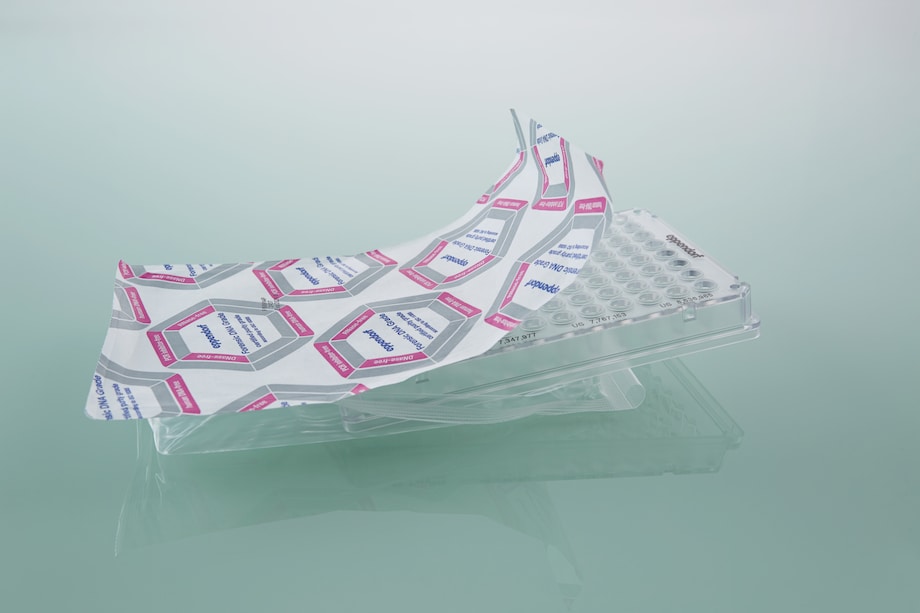
Avoid contamination during storage with individually wrapped forensic DNA grade PCR plates
Forensic DNA Grade PCR plates wrapped
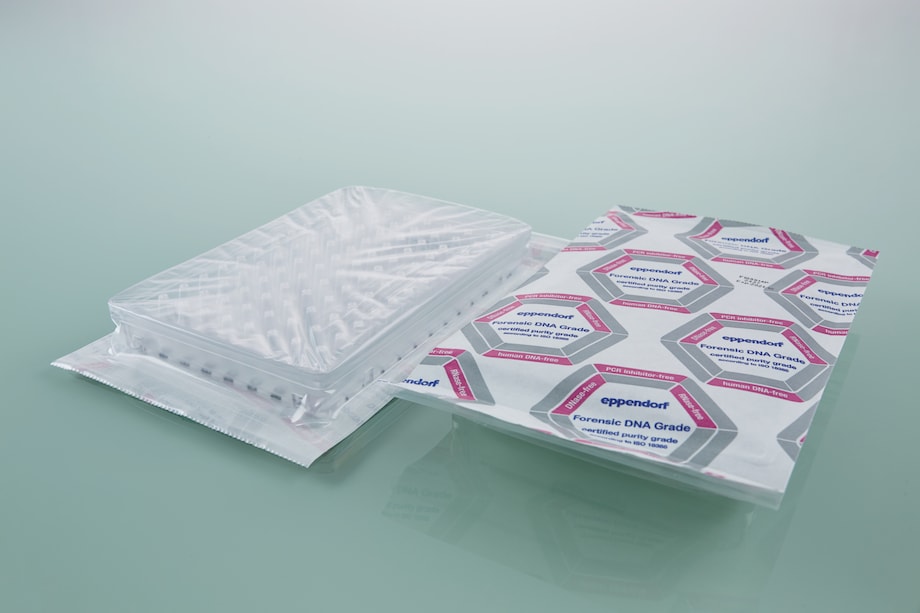
Prevent contamination by choosing individually wrapped PCR plates
Wrapped forensic DNA Grade PCR plate opened
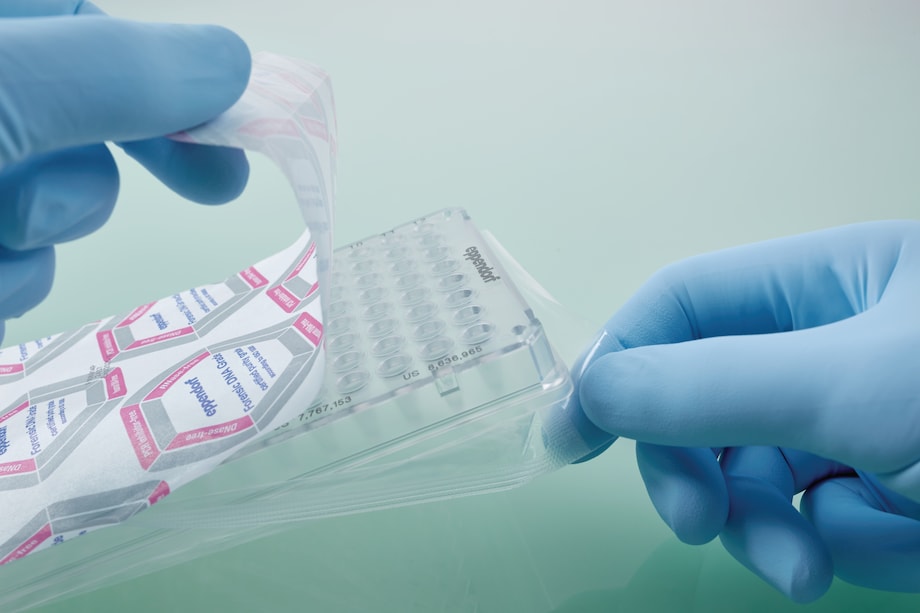
Individual wrapping helps protect forensic DNA grade PCR plates
Forensic DNA Grade PCR plate
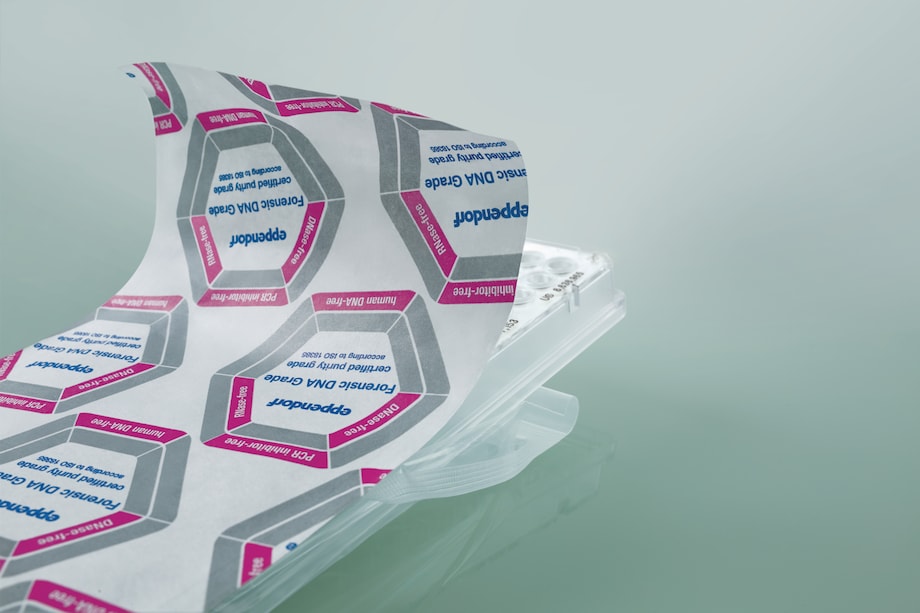
Avoid contamination during storage with individually wrapped forensic DNA grade plates
Wrapped forensic DNA Grade PCR plates
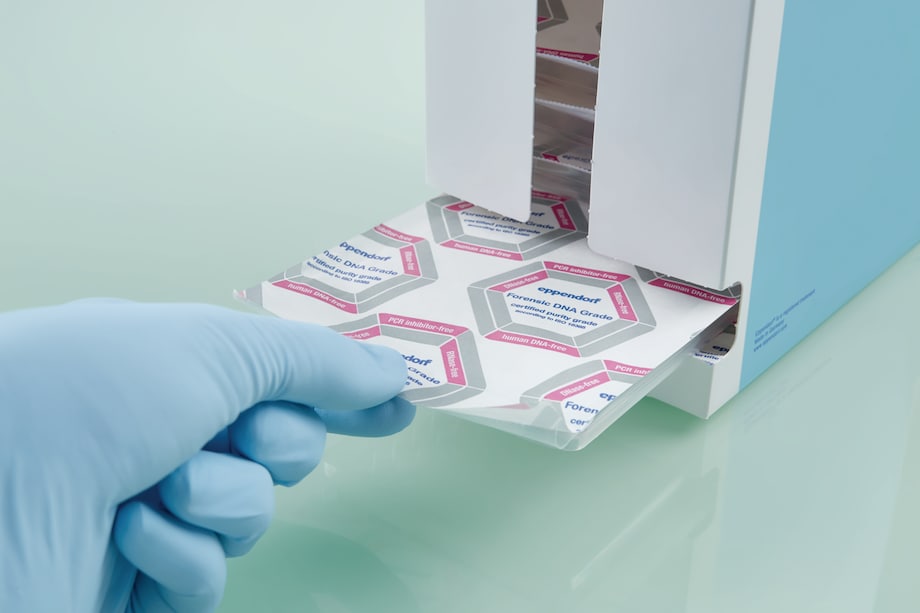
Individually wrapped forensic DNA grade PCR plates help avoid contamination during storage
Unskirted plates that fit most PCR cyclers
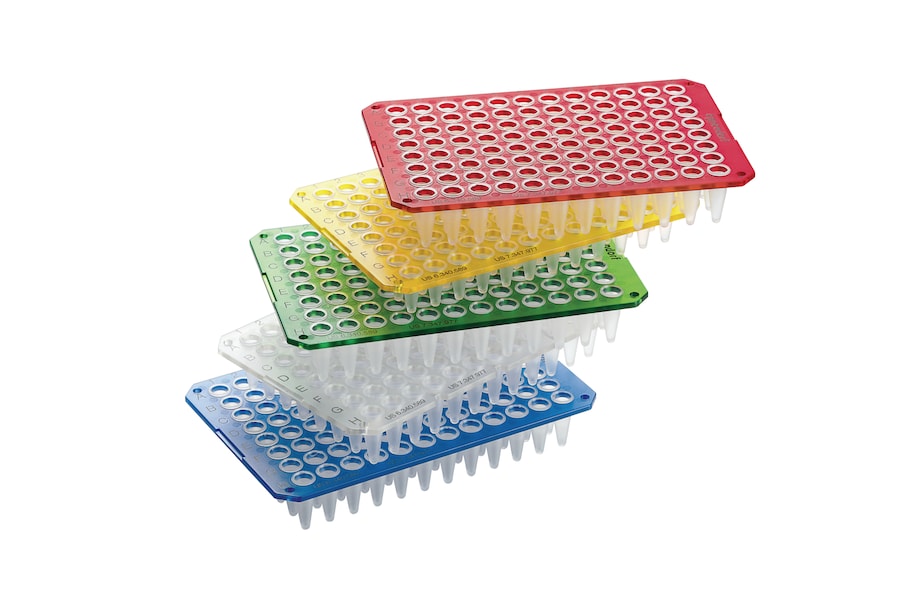
Choose broad compatibility with twin.tec unskirted PCR plates
Colored PCR plates
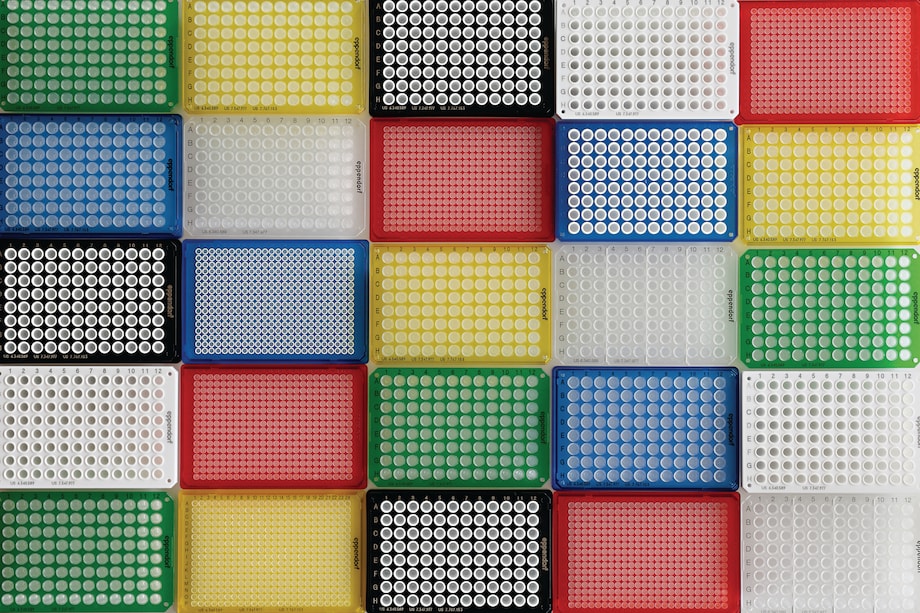
Organize your workflow with different PCR plate colors
Skirted and semi-skirted PCR plates are available with barcodes
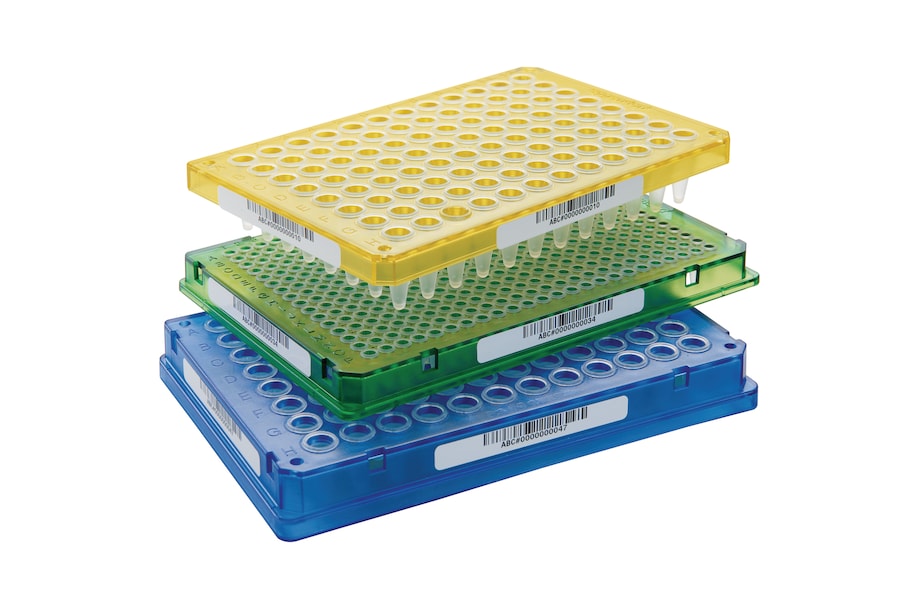
Barcoding helps to keep assays organized in high-throughput settings
Two-component PCR plates
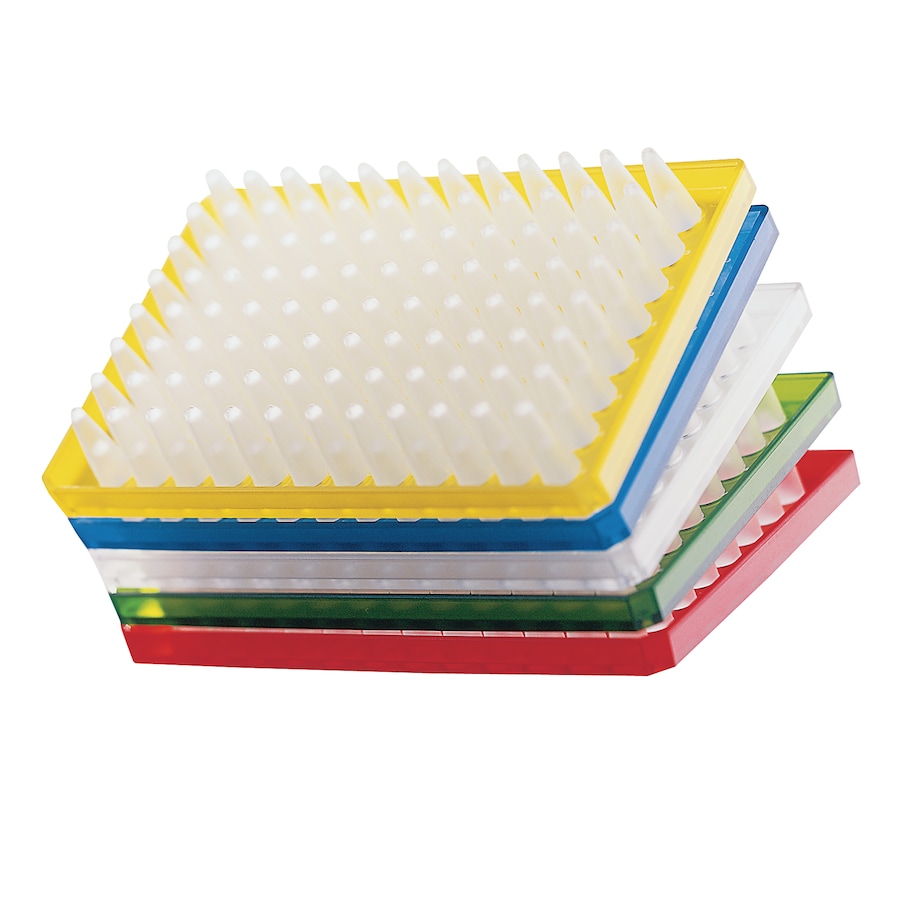
The combination of polypropylene and polycarbonate offers the best in both thermal and mechanical properties
PCR plates are available in different frame formats
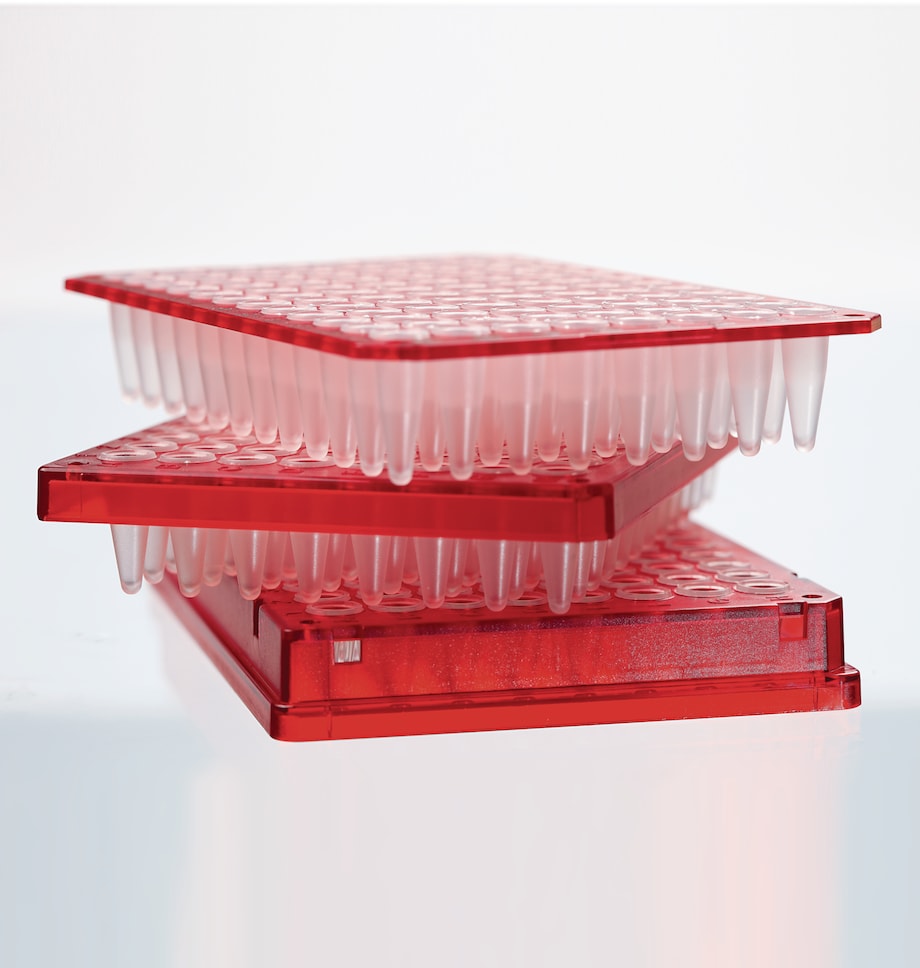
Choose a frame format that fits your application
Barcoded twin.tec® PCR plates
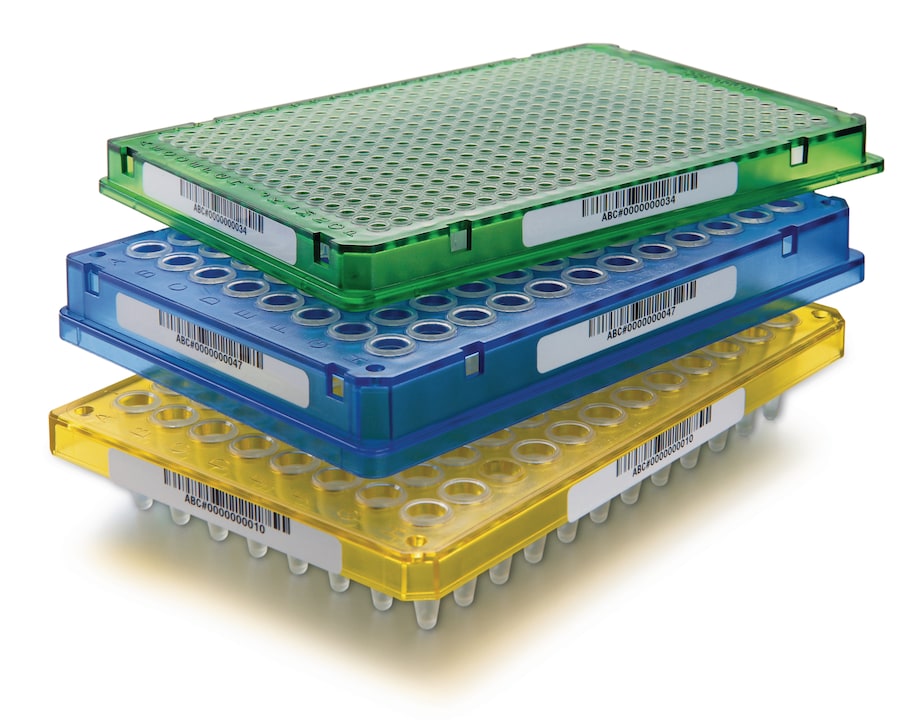
Barcoding helps to keep assays organized in high-throughput settings
Eppendorf twin.tec® divisible plates
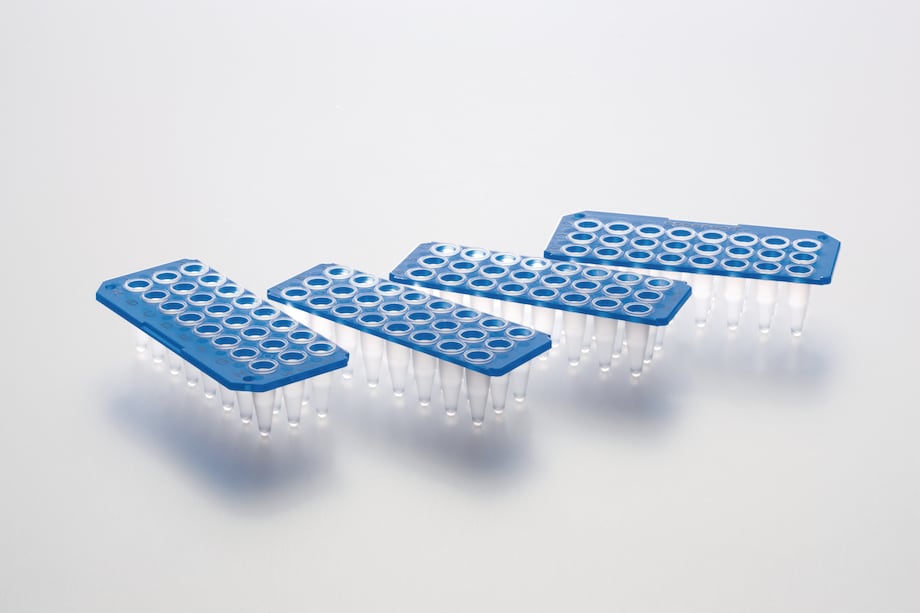
Low throughput? No problem - just use segments of divisible plates!
Eppendorf Consumables - behind the scenes!
Videos not loading, because cookies have been rejected. Change your

-
Barcode Option Available
Product Information
Choose Eppendorf twin.tec® PCR plates for confidence in every PCR assay. twin.tec plates offer purity, rigidity, color, and other simple, smart features can make your daily life a lot easier. The rigid polycarbonate frame works well in automation and high-throughput processes, and the different colors mean you can quickly organize the different steps of your workflow.
Customized barcoding is available for select versions of this product. Please visit the detail page for eligible products to access the Barcode Wizard and start designing your label. Pre-coded plates are directly available as SafeCode version.
-
Learn more about purity grades available from Eppendorf
-
Request lot-specific certificates (not applicable for "Eppendorf Quality")
You will find additional download material at the bottom of this page
Products (43)
Accessories (1)
43 Products
Catalog no.
0030128575
|
|
|
|
|
|
|
|
|
|
|
|
|
|
|
Catalog no.
0030129326
|
|
|
Show more Products
Added to Your Cart
Product Information
Applications
Features
Product Information
The Eppendorf twin.tec® PCR plate1) combines extremely thin-walled polypropylene wells for optimal heat transfer to the sample, with robust polycarbonate frames for high rigidity. With raised well rims, twin.tec plates enable highly effective sealing to reduce the risk of cross-contamination.
Twin.tec plates are available in many different formats to suit different workflows and applications, for example:
• 96-well and 384-well formats
• skirted, semi-skirted, and unskirted
• divisible plates to avoid waste in small assays
• individually wrapped forensic DNA grade plates
• microbiology plates
• barcoded plates
All Eppendorf twin.tec PCR plates are ‘PCR clean’, having been batch-tested and certified by an independent laboratory to be free of a range of common PCR contaminants, including DNA, DNAse, RNAse, and PCR inhibitors. With twin.tec PCR plates you’ll have maximum confidence in your results.
Twin.tec plates are available in many different formats to suit different workflows and applications, for example:
• 96-well and 384-well formats
• skirted, semi-skirted, and unskirted
• divisible plates to avoid waste in small assays
• individually wrapped forensic DNA grade plates
• microbiology plates
• barcoded plates
All Eppendorf twin.tec PCR plates are ‘PCR clean’, having been batch-tested and certified by an independent laboratory to be free of a range of common PCR contaminants, including DNA, DNAse, RNAse, and PCR inhibitors. With twin.tec PCR plates you’ll have maximum confidence in your results.


The rigidity of the polycarbonate frame not only helps with automation – it makes handling of the plates easier in manual workflows.


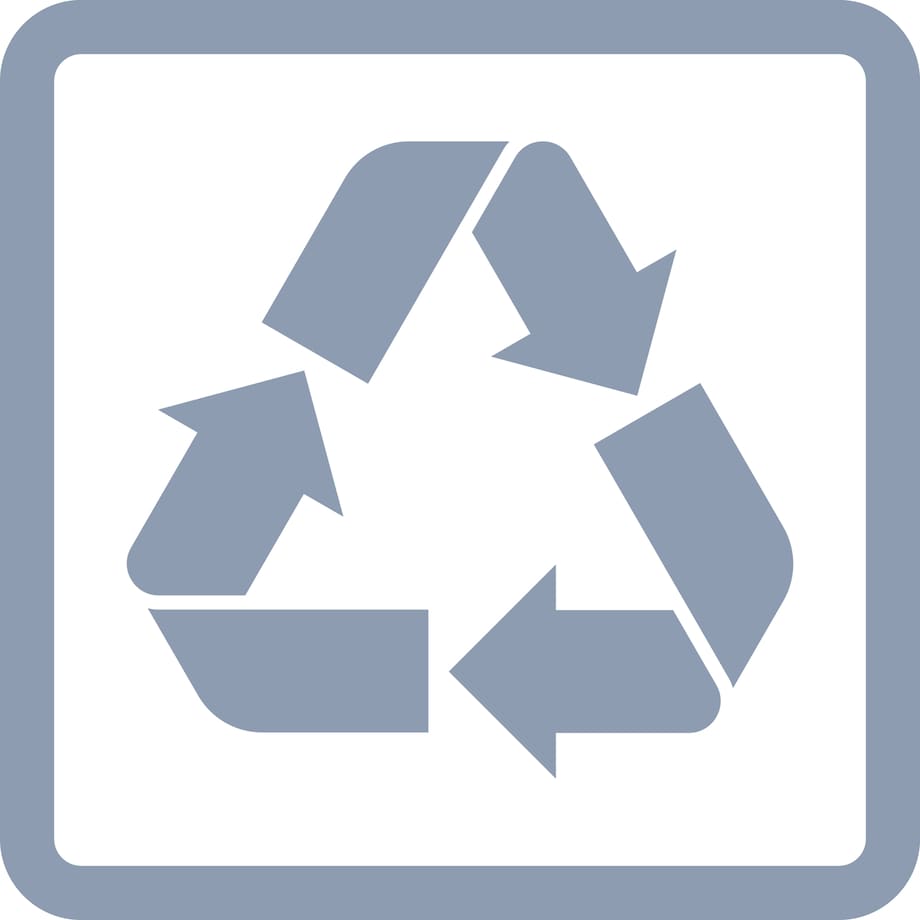

Disposal of Eppendorf twin.tec® PCR Plates and their packaging material
Recycling of materials becomes more and more important every day. E.g. in Europe almost 100 % of cardboard material is already recycled. The packaging material of the Eppendorf twin.tec® PCR Plates is made of different materials – for the most part made from cardboard.
Eppendorf consumables and thus also Eppendorf twin.tec® PCR Plates are shipped in packaging in which both the shipping carton and the folding carton consist of at least 93 % recycled cardboard.
Please support our global sustainability initiative of recycling valuable raw material by collecting the cardboard packaging material. Dispose of the packaging material in the designated collection containers in your organization and region. In respect to the bags made of Polyethylene (PE) we recommend that you select a dedicated recycling partner where PE material can be recycled. Contact your facility or local waste management company to understand the available recycling options for your organization.
After usage, the plates themselves are defined as potentially being contaminated. This contamination can be based on biohazard, chemical hazard, or even nuclear hazard. Therefore, recycling of these vessels can be challenging. In many countries, critical waste must be burned due to legal restrictions. However, energy and heat can be recovered from thermal recycling of contaminated laboratory consumables.
To reduce the amount of critical plastic waste, you should use at least two waste containers: One for critical waste and one for non-critical waste. The definition of these two groups may depend on local regulations and should be communicated/trained in your lab accordingly. For further local waste recycling options please contact your local biosafety officer and your local waste management.
We strongly recommend a certified local recycling partner. Keeping it "local", will reduce the impact of transportation, and the "certified" aspect is recommended due to the safe and sustainable handling of lab waste.


Read More
Read Less
Applications
- Standard PCR
- Real-time PCR
- High Throughput PCR
- Small Volume Sample Handling
Features
- One-piece design: combining a polycarbonate frame and polypropylene wells for optimum performance
- Extremely thin-walled polypropylene wells guarantee optimum heat transfer to the sample
- Exceptionally solid and torque-resistant polycarbonate frame
- Improved well-to-well tolerance
- Cut-away corner and alphanumeric grid-referencing
- Raised well rims for effective sealing, also reduces risk of cross-contamination
- Batch-tested and certified free of DNA, DNase, RNase and PCR inhibitors (PCR clean)1)
- Available with barcode (upon request), for skirted and semi-skirted only

